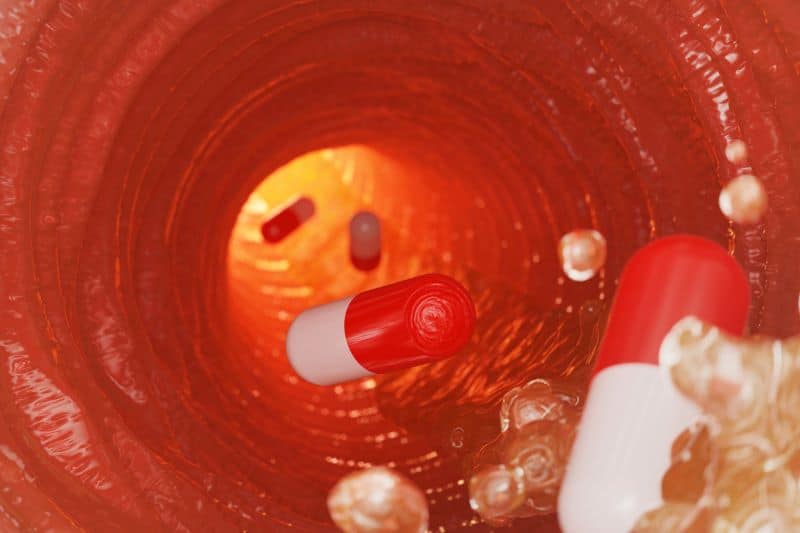Could Robotic Drug Capsules Soon Replace Injections?

In what could be a game-changer for diabetics and others receiving regular injections, scientists from MIT are investigating the possibility of delivering medicine straight to the blood stream via ‘burrowing’ nano-robotic medication.
Up until this point, diabetics have not had an alternative to insulin injections – a daily and unpleasant chore. However these injections may become a thing of the past with the realisation of orally consumable insulin, an idea that has confounded researchers for years.
How does orally consumable insulin work?
Oral administration of biologic drugs is a difficult task due to the acidity of the digestive tract. Tablets and pills break down too easily and have difficulty penetrating the mucus barrier.
Orally consumable insulin – dubbed the Robocap – is a pill the size of a vitamin and features a protective casing that breaks down at a certain PH level. Upon dissolution, a tiny motor is triggered and starts to spin. This nano motor burrows through the mucus barrier “just as tunnel boring machines drill into soil and rock,” while the drug gradually releases.
Lead researcher on the MIT project, Shriya Srinivasan, said the technology puts the medicine directly where it needs to go.
“What the RoboCap does is transiently displace the initial mucus barrier and then enhance absorption by maximizing the dispersion of the drug locally,” Srinivasan said.
This method has been shown to successfully deliver a staggering 20 to 40 times more active ingredient when compared to regular pills. Not only is it applicable to insulin, but also other large proteins, nucleic acids, or antibiotic peptides.
Researchers also believe that the capsule could be utilised outside of the small intestine. By changing the PH at which the gelatine outer dissolves, it’s believed drugs can be targeted at either the stomach or colon too.
Is it Safe Though?
Before gulping down what is essentially a small robot, many would have questions around the safety of such an activity. Researchers found zero sign of inflammation or irritation after the capsule bore through the mucus layer. In fact, the mucus layer was seen to reform within a few hours after displacement.
Researchers acknowledge that for such a complex topic there is still much testing and research to be done. There is a current upsurge in study in the area of nano robotics in medicine; most notably, swimming robots have been observed to treat life threatening pneumonia in a study from the University of California.
More articles that may interest you:
[optin-monster-inline slug=”oqqklvasafov6yvbfsuo”]
